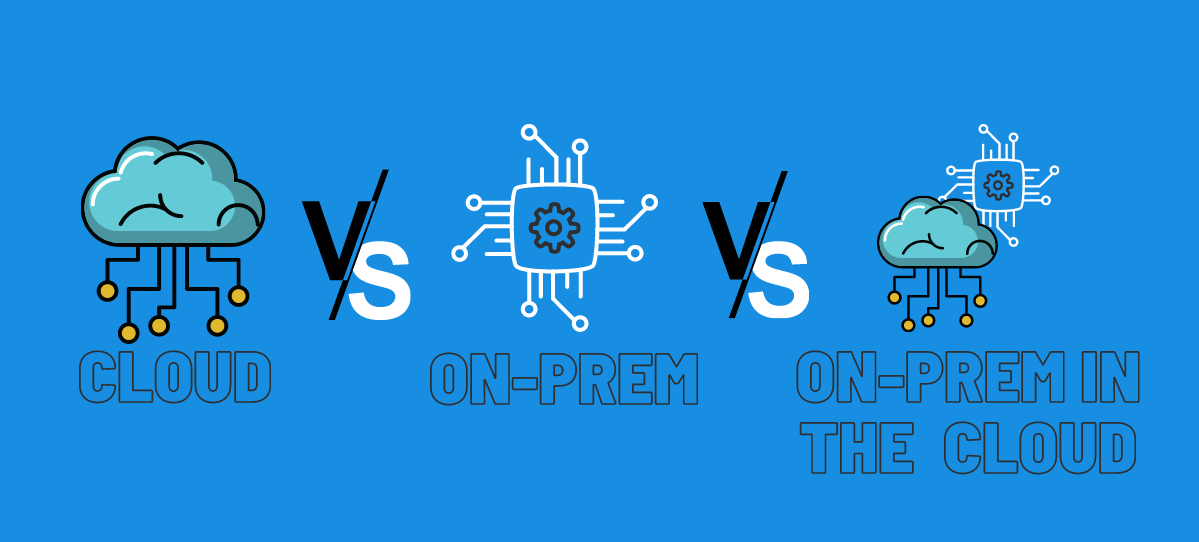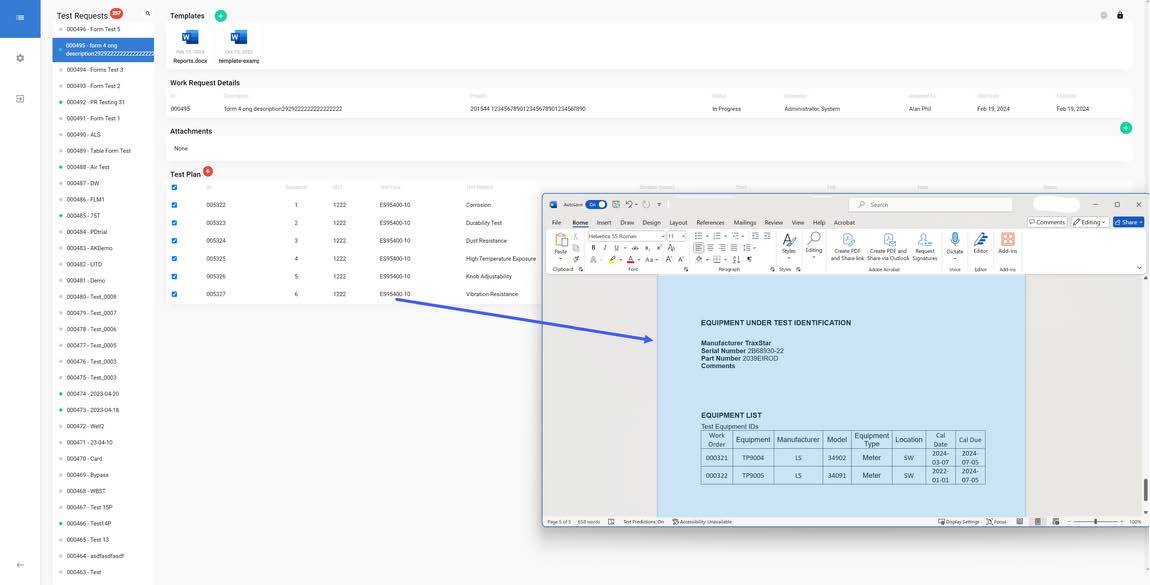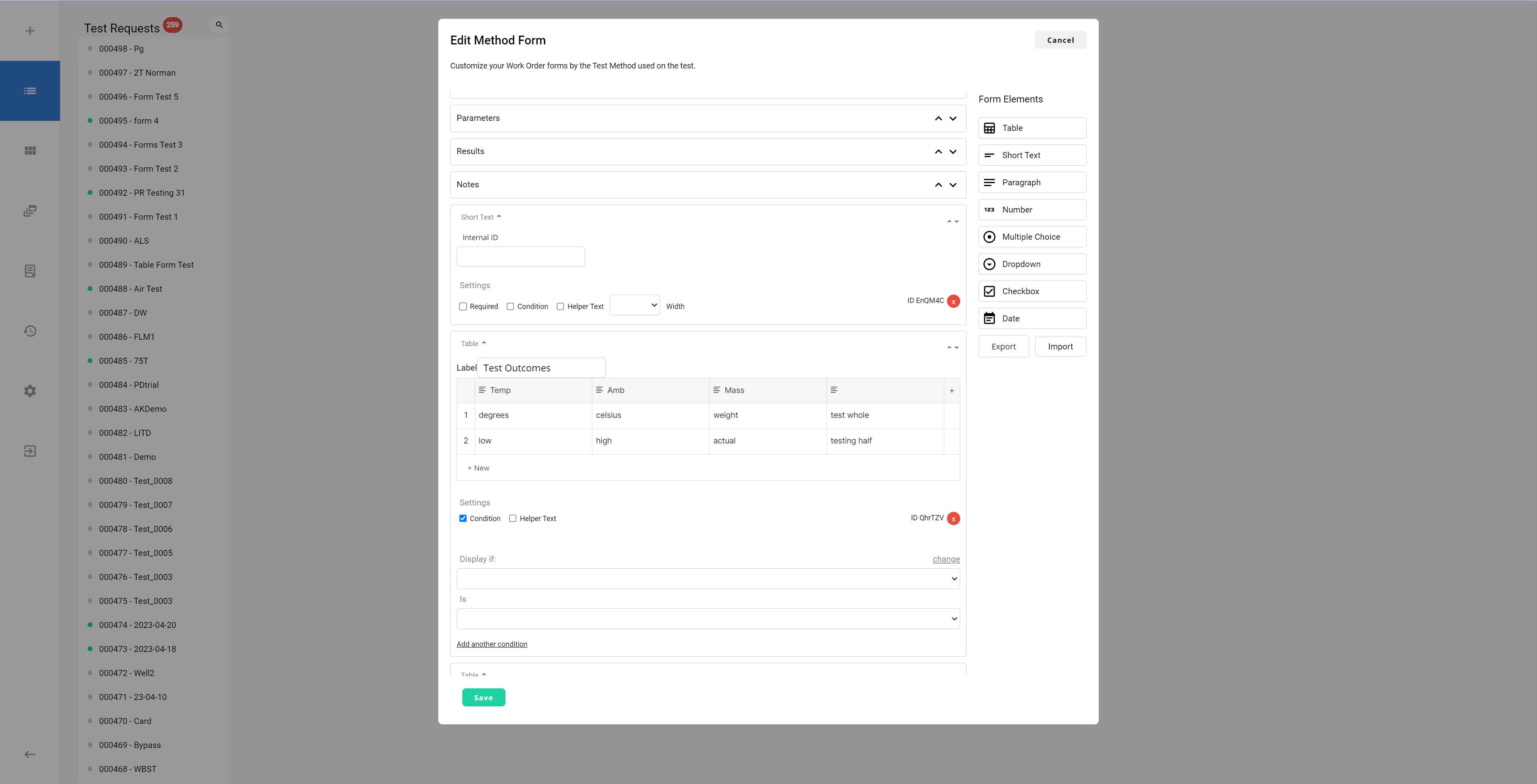The overall fundamental difference;
Whether you are a single lab or you have multiple labs with global businesses, the decision between on-premise, cloud, and on-premise in the cloud is not an easy one for your Lab Information Management System.
The cost of hardware, software licensing fees, data security, and other factors are all considerations when deciding which option to take.
The article will explore these options in more detail so that you can make a more informed decision about your company’s needs.
Tell me the difference between on-premise, cloud, and on-premise in cloud computing?
On-premise or “in-house” means your organization is responsible for all the hardware and software involved in running the LIMS system for all the data.
The main advantages of this method are that you have full control over the data being stored, and the maintenance of your LIMS system (Laboratory Information Management System).
On-premise in the cloud or “on-site” means you are responsible for all hardware and systems that store the data. However, it is stored on a remote cloud server instead of your own hardware.
This option can be less expensive than other methods because you are not required to purchase the servers and it reduces the amount of management needed for the platform after set up.
The cloud environment is a service provided on the internet. Your organization wouldn’t need to worry about setting up servers or maintaining hardware with cloud technologies.
Cloud databases are generally used as an extension of an existing server system, more like cloud storage for your data. This option can be cheaper than buying everything in-house because you are not responsible for any equipment or maintenance costs, although there are cloud costs.
Cloud computing means
Cloud-based server computing is a service delivering computing resources to users in real-time and does not require active management of a data center and usually comprises applications including storage and processing power.
Cloud computing services subscription models do not require additional infrastructure or license fees. In exchange for an annual subscription, cloud services are provided for you. The vendor's website provides access to all its data. Its private Cloud allows customers to complete use of this platform without sharing resources.
On-premise means
From installation to implementation, the on-premise software for LIMS must always be handled internally thereby requiring maintenance, security, and maintenance to be handled inside the company.
Once a product has been purchased, it is then installed on your server; it may require additional hardware servers and data storage. Without involvement from third parties, your ownership will become absolute. This type of product can be very expensive and also requires a lot of technical support and operating expense to run and maintain managed services.
On Premise in the cloud means
This form of hybrid cloud computing is preferred where you want to have complete control over your data more than the other types of cloud-based software.
This is a hybrid environment bringing together both on premise and the cloud. This method of having the LIMS on premises in the cloud means that it’s not stored in some remote server that you do not own, rather it is stored on your own servers.
What is the difference between on premise and on premises in the cloud specifically?
On-premise means that you have the LIMS installed on your own servers. This option is typically more expensive than on-premises in the cloud because purchasing hardware and software as well as making sure they are compatible with each other can be daunting.
You also must maintain them as well as keep backups of your data, which could cost more money depending on how frequently you plan to back up your data.
On-premise in the cloud is when you have the LIMS installed on your own servers but can also be accessed via a web portal. This option allows you to access your LIMS from anywhere so long as there is an Internet connection available.
You are then responsible for maintaining the server hardware and software, along with making sure backups are done regularly.
Pros and Cons
On-premises: pros and cons
When it comes to the pros of using on-premise, you are in complete control of your data and its security. Since it is installed internally, you know who has access to it and can tightly monitor who is doing what with your information.
On-premise software is typically very reliable because you are in charge of making sure all the hardware and software work well together and are kept updated. Another pro of on-premise is that you are able to get the most performance your hardware is capable of giving you.
Cloud computing: pros and cons
Cloud computing has become one of the most popular options for businesses due to its many benefits. Some of the pros of cloud-based software are that it is typically less expensive than on premise software, you do not need to purchase additional hardware.
Cloud services are also provided on a subscription basis, so they can be stopped or started at any time without penalty. In addition, cloud-based software and cloud resources can be accessed from anywhere there is an Internet connection.
While the cloud has many benefits, there are also some cons to consider. One of the main disadvantages is that you must have a fast and reliable Internet connection to make sure data is being transferred in a timely manner. As well as a reliable cloud provider.
There can be security issues in the cloud, so your data is only as secure as you make it. If your device crashes or if there is an Internet outage, you will not be able to access your information.
On-Premises in the cloud - Hybrid Cloud Solutions: pros and cons
The pros of on-premise in the cloud are that you are in complete control of your data and it is 100% private. You are able to encrypt any data that you want.
The duration that the services are available is also longer with an on-premise in the cloud. Many companies are finding the hybrid cloud option to the ultimate option for control. Companies are finding that their needs change so it's very adaptable since you can start or stop services at any time.
The cons of on-premise in the cloud are that access is only available when there is an internet connection available. Any downtime like an internet outage will stop the services also. Along with requiring higher costs for maintaining your Servers and Cloud.
Overall Differences between On-Premise vs. Cloud vs. On-Premise in the Cloud
Several fundamental differences exist between on-premises and cloud environments. Which path is the right path depends totally upon how specific your requirements are and the solution you want.
In an on-premise environment, resources can be deployed internally within the IT network of an organization. The company will be charged with ensuring that the solution and associated functions remain intact.
Advantages
Cloud computing environment offers benefits such as allowing companies not to invest in physical equipment, providing scalability when demand increases or decreases, allowing applications to run at low cost because of multi-tenancy, it is more flexible due to the on-demand nature, and the low risk of your data being stolen.
The major advantages of On Premise are that you have control over your LIMS. The purchase and installation of the software must be done by yourself or a team within your company; however, this is usually more cost-effective.
On Premise in the Cloud is a platform that allows for an On Premise LIMS to be accessible from the cloud.
The major advantage of On Premise in the Cloud is that it provides a central location which makes data entry and retrieval easier, as well as having a centralized backup system increases data security. There are no concerns of compatibility because this service uses licensed software that is compatible with your On Premise LIMS.
The advantages of on-premise vs. cloud computing
The best cloud-based workloads typically are cloud infrastructure compared to the on-premise cloud infrastructure through public cloud services. Cloud-based private networks provide better protection and visibility in business environments. As Cloud Solutions grows, companies are now adopting a multi-cloud architecture.
On-Premise Advantages
Cost: The overall cost of ownership is lower than the recurring payment when the system is distributed throughout its lifecycle. You are fully responsible for controlling your hardware and software. Changing configuration and upgrading is based upon our discretion. Connection: You don't depend in any way on external sources like the Internet to access the server. Once this has been installed, it allows for complete control over the LIMS which will meet your company-specific needs.
Cloud Software Advantages
Cloud software advantages include the ability to not have to make a large upfront investment, the pay-as-you-go pricing model, and faster implementation times. Because cloud software is accessed through the internet, it is also very portable and can be used from any device with an internet connection. Additionally, cloud software is always up to date with the latest features and enhancements.
Cloud providers are responsible for providing compatibility as well as updates.
On-Premise In The Cloud Advantages
The major advantage of using an On-Premise in the Cloud software is that it provides a central location which makes data entry and retrieval easier, as well as having a centralized backup system increases data security. You have complete control of your data with your internal systems controlling both. There are no concerns of compatibility because this service uses licensed software that is compatible with your On Premise LIMS.
Disadvantages
Cloud Software Disdvantages
Cloud computing has some disadvantages as well such as you cannot change the hardware or software as it is provided by a third party company. It can be difficult to migrate from one cloud service provider to another, additional infrastructure changes may be required to prepare applications for cloud-based services, data is not encrypted on the cloud storage, and you are responsible for all costs incurred.
On-Premise Disadvantages
The major disadvantages of On Premise are that your LIMS is not centrally located, which can result in multiple installations and increase the possibility for human error. This also means that you must maintain any hardware or software yourself, as well as perform regular backups to avoid losing critical data. This can lead to a larger upfront cost.
On-Premise In The Cloud Disadvantages
The major disadvantage of On-Premise in the Cloud is that you must maintain your own hardware and software, as well as any additional fees that may be required for upgrades. With more control comes more responsibility.
On-Premise vs. On-Premise in the Cloud vs. Cloud: Benefits and Risks
In the current IT environment enterprises must take into consideration many things when looking at on-premise vs cloud services. Let's dive into some of those here.
Disaster recovery
A complete backup solution that covers all server operating systems as well as applications.
Cost savings
Using Cloud-based utilities offer the greatest cost savings as you pay only for what you need. Avoid the costs of hardware and the labor involved in managing it all.
The cost savings are there no matter what choice you choose when implementing our laboratory information management system QATrax. We put the choice in your hands to control your own destiny when it comes to your LIMS system.
Scalability
Find the exact amount you require, when necessary, and enable you to adjust the power levels according to your business needs.
Accessibility
Host all your data on secure leased lines allowing you to connect directly with providers at high speed or host all the data in house for total control.
Resilience
Protect the security of your business against potential problems caused by IT downtime or failure or other unknowns.
Which is right for my business?
The cloud versus the cloud solution has no right and wrong answers. The requirements for deployment differ for each customer, which affects the decision-making process. How do you decide whether to go for cloud or on-premise or on-premise in the cloud? Can backup recovery software help protect your data from loss? How can one update their system?
The fundamental differences, security measures, costs, and control all play a role when choosing which choice is right for your business. Understanding your budget and the cost of the upfront investment matched with it infrastructure are keys to the complex development that we work with you on with our support services.
Cloud vs On Premise vs On Premise in the Cloud
It is important to consider all three options in the current IT environment when choosing a cloud, on premise or an on premise in the cloud. A business must take into consideration many things such as disaster recovery and cost savings before making their decision. Choosing which option is best for your company may be difficult but backup software, it can make that process easier by ensuring your data will not be lost due to any disasters. This all must align with your budget.
We'll work with your budget to help you get one of these in place for our LIMS system so that it may take your Lab Management into the future.
Core business strategies rely on carefully considered technology strategies. For more information, reach out to us here or at [email protected].









